Various drive concepts are used in the aerial work platform industry, differing in performance, environmental performance, and cost-effectiveness. Choosing the right drive depends not only on the height or platform size, but primarily on the location, the desired range, and ongoing operating costs. In this article, you'll learn how diesel, electric, and hybrid aerial work platforms differ—and which solution is the right one for each situation.
Drive technologies in direct comparison
The following table provides an overview of the most important features of the three drive types – from costs to environmental factors to typical areas of application:
| feature | Diesel | Electrical | Hybrid |
|---|---|---|---|
| Acquisition costs | Medium | Low–medium | High |
| Total cost of ownership (TCO) | ~8–10 €/hour | ~4–6 €/hour | ~6–8 €/hour |
| Range / Runtime | 8–12 hours, quick refueling | 4–8 hours, 6–8 hours charging time | 6–10 hours, flexible between battery and diesel |
| volume | 75–85 dB(A) | 45–60 dB(A) | 50–75 dB(A) |
| maintenance | High (oil, filter, cleaning) | Low (few wearing parts) | High (two systems) |
| Environmental behavior | High emissions | Emission-free | 30–50% lower emissions than diesel |
| Loading times | – | 6–8 hours | 4–6 hours (battery) + diesel can be refueled immediately |
| Typical locations | Outdoor construction sites, uneven terrain | Indoor areas, environmental zones | Mixed indoor/outdoor areas |
| TCO perspective | High in changing use | Favorable with internal focus | Midfield, flexible use pays off |
| Example models | e.g. JLG 860SJ, Genie SX-180 | e.g. B. Genie GS-2632, JLG 1930ES | e.g. E.g. HR17 Hybrid, Genie Bi-Energy |
Practical experience
- Interior construction companies rely on electric scissor lifts for their halls – quiet, emission-free, and economical. Despite the need for charging, operating costs are significantly reduced.
- Civil engineering companies prefer diesel-powered telescopic platforms for outdoor use – long range, independent of the power grid.
- Assembly companies with changing locations benefit from hybrid platforms – electric for indoor use, diesel for long distances or outdoors.
Typical application scenarios
- Whether it's tunnel construction or operations in subzero temperatures, diesel engines remain robust. Hybrid models with auxiliary heating can combine the advantages of both worlds.
- Sensitive areas such as clinics or clean rooms: Only electric or hybrid in pure electric mode makes sense.
- Large outdoor areas with long travel distances: Diesel offers range, hybrid excels in combined applications.
Outlook: What's next?
- Hydrogen drives: Initial prototypes promise emission-free running times of 8–10 hours.
- Solid-state batteries: Shorter charging times (<2 hours) and higher energy density could set new standards from 2027.
- Regulatory: New EU regulations (Euro Stage V) make it more difficult to use diesel lifts in environmental zones. Subsidies for low-emission alternatives are increasing.
Conclusion
Choosing the right drive system depends on many factors: location, service life, environmental regulations, and cost structure. While diesel continues to be a viable option for construction sites with demanding requirements, electric and hybrid platforms are becoming increasingly popular due to their low operating costs, flexibility, and environmental benefits.
At BIBERGER , we are increasingly focusing on electric work platforms and are happy to advise you on all available drive types – in a practical, objective, and solution-oriented manner.


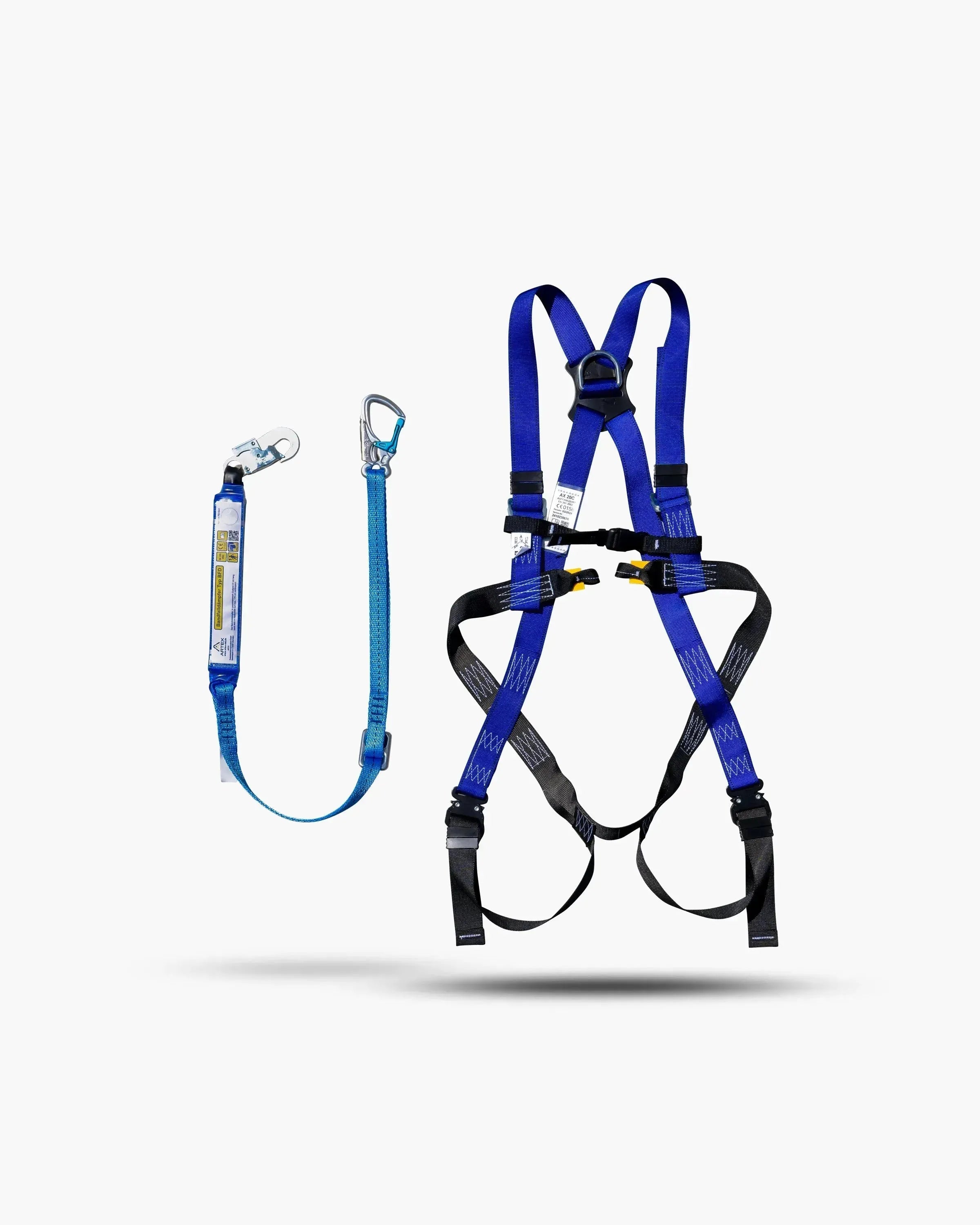


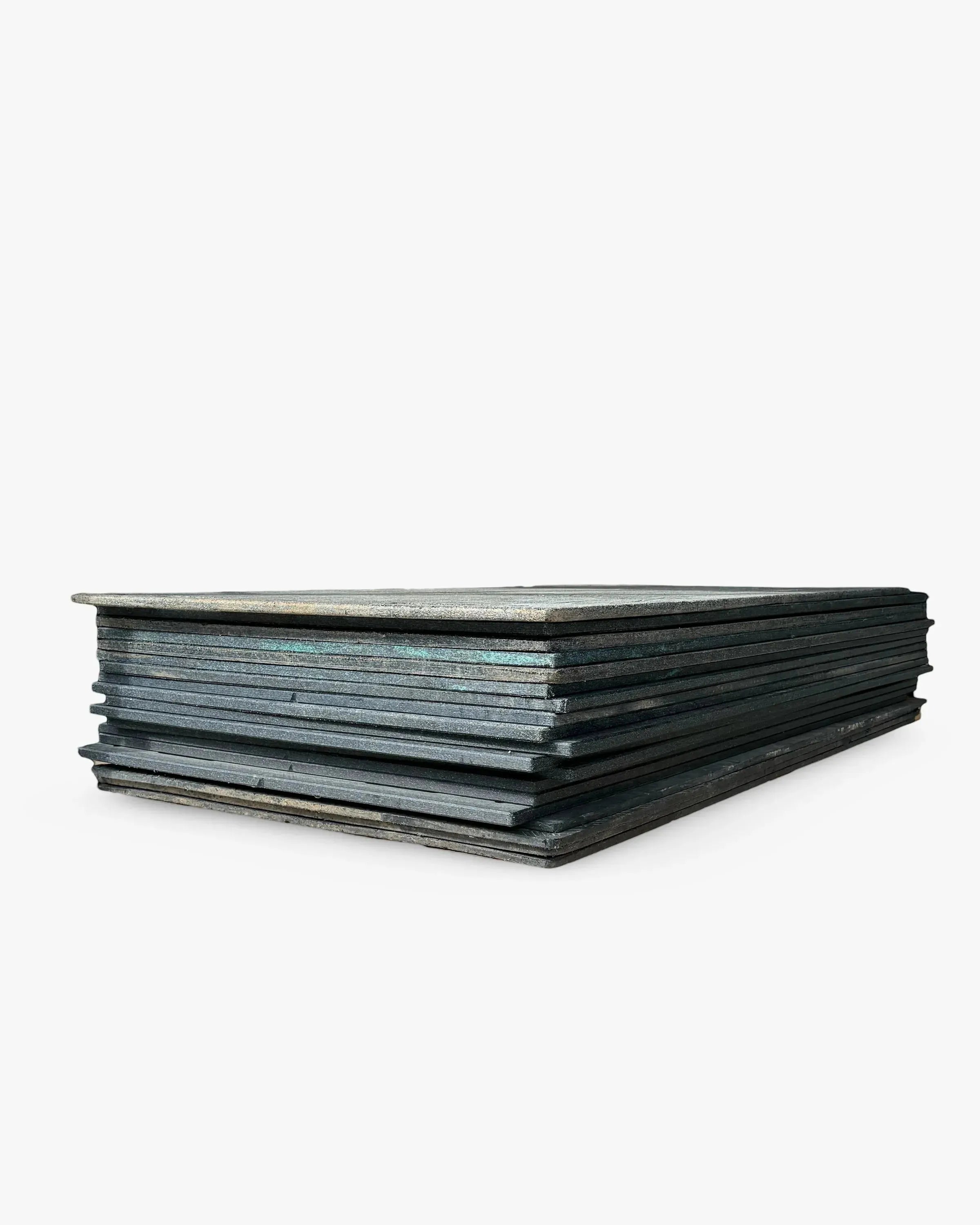

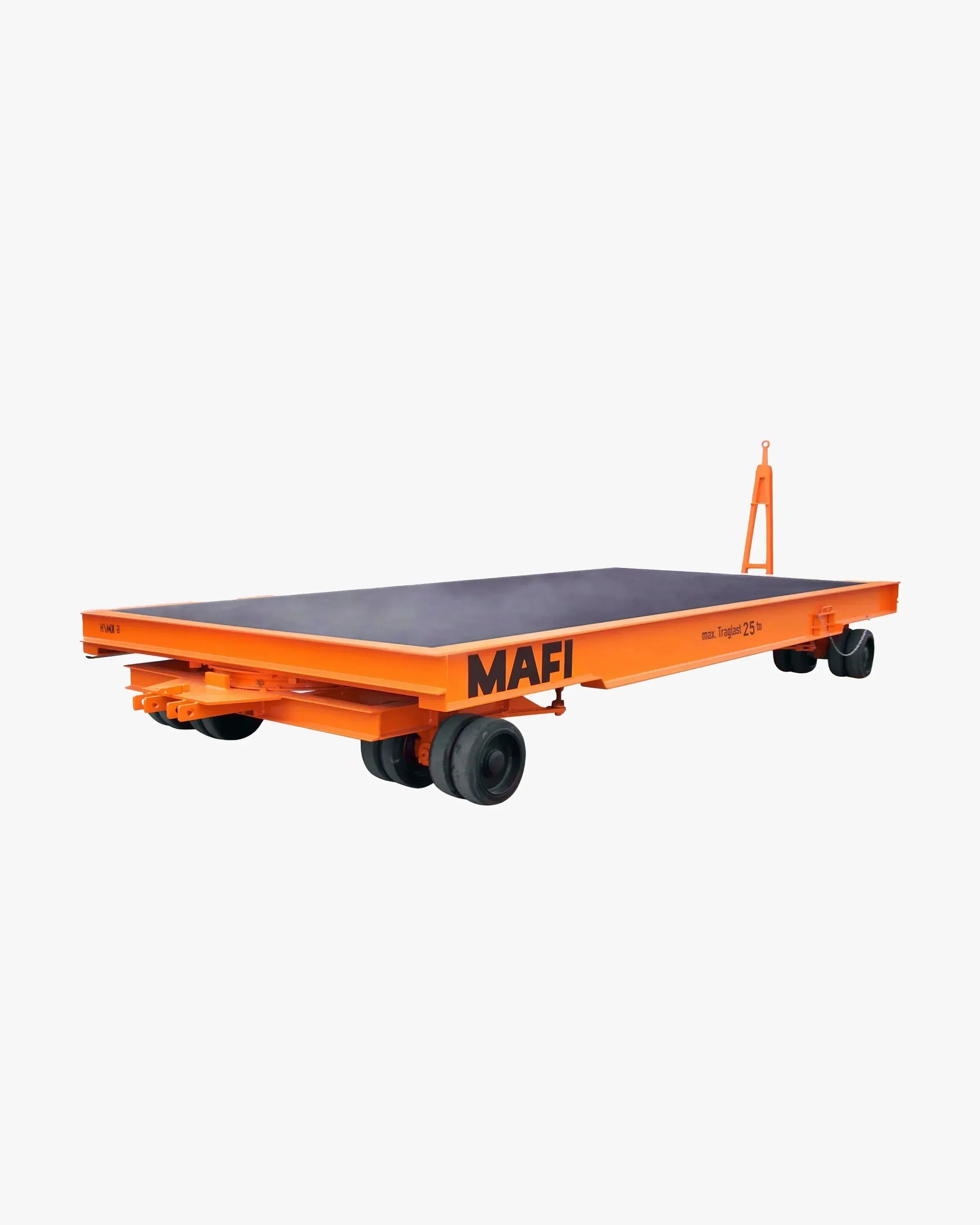
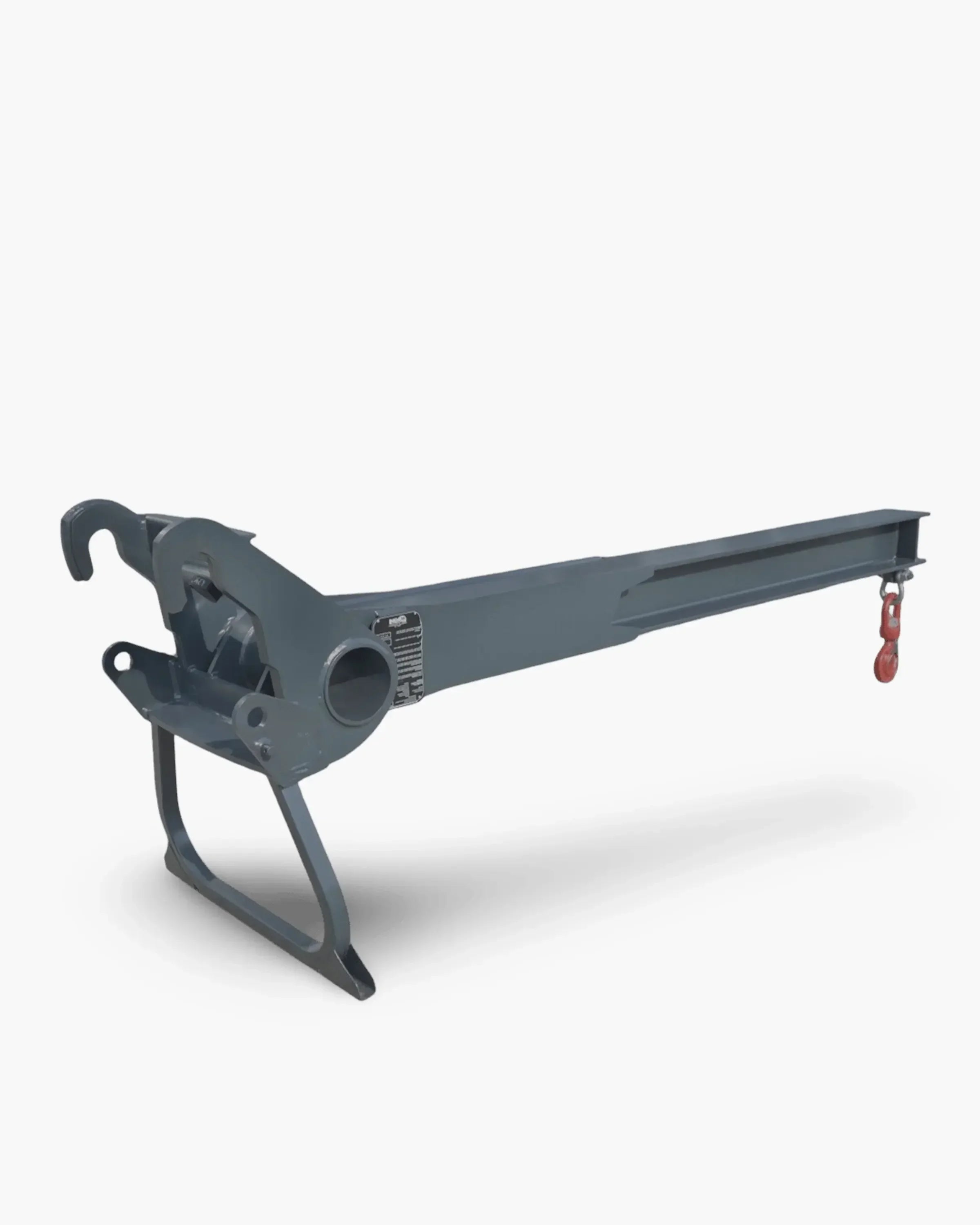
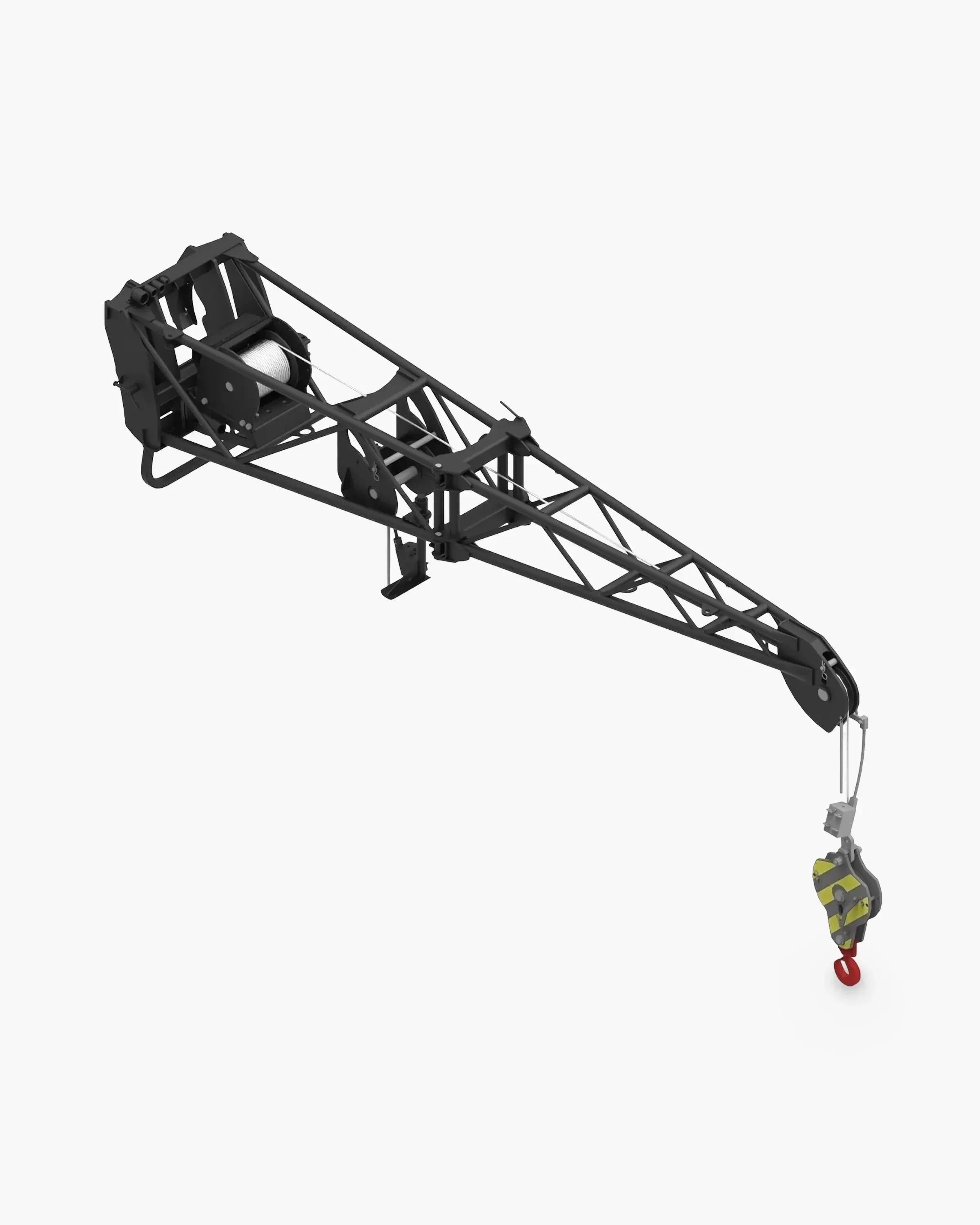
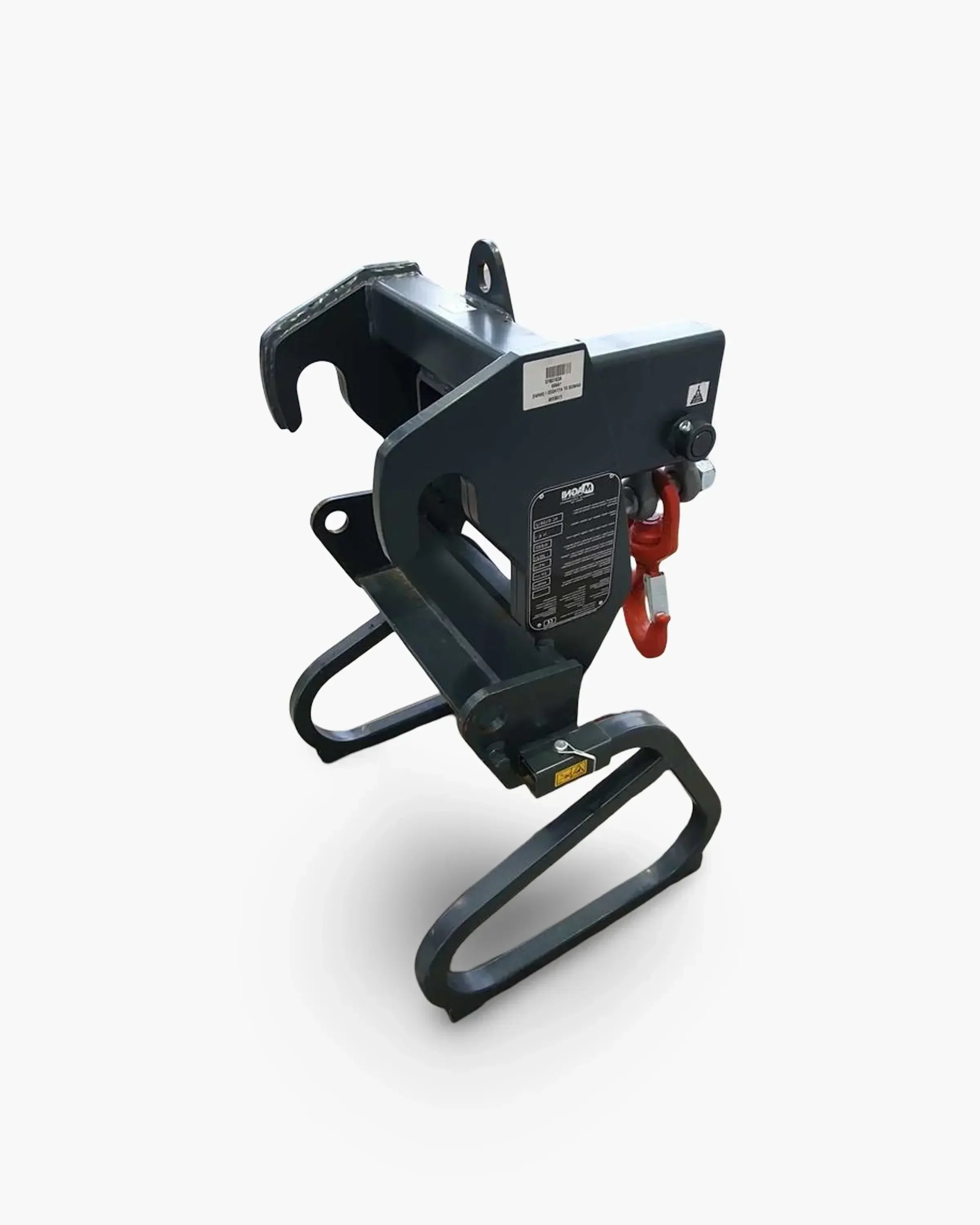

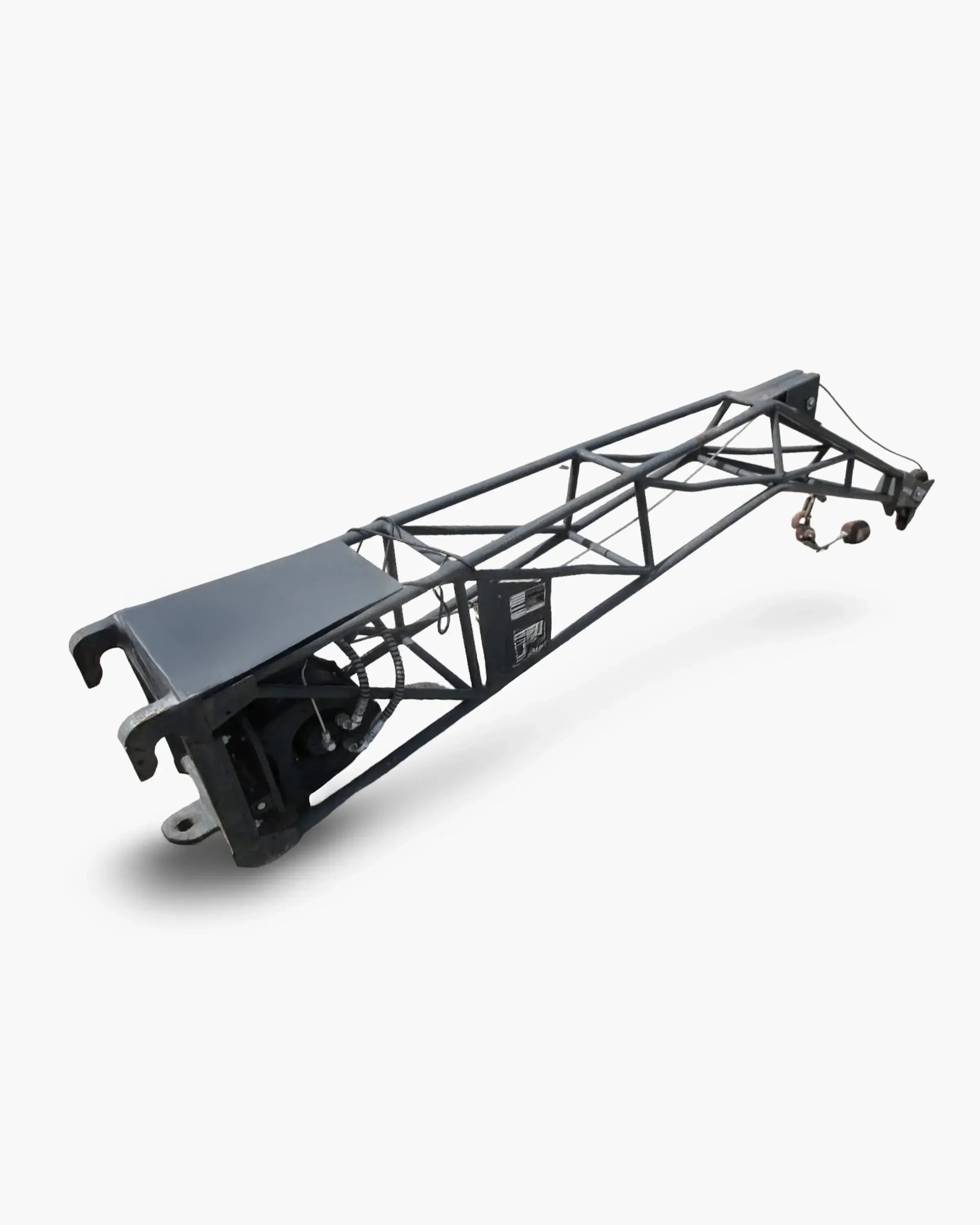
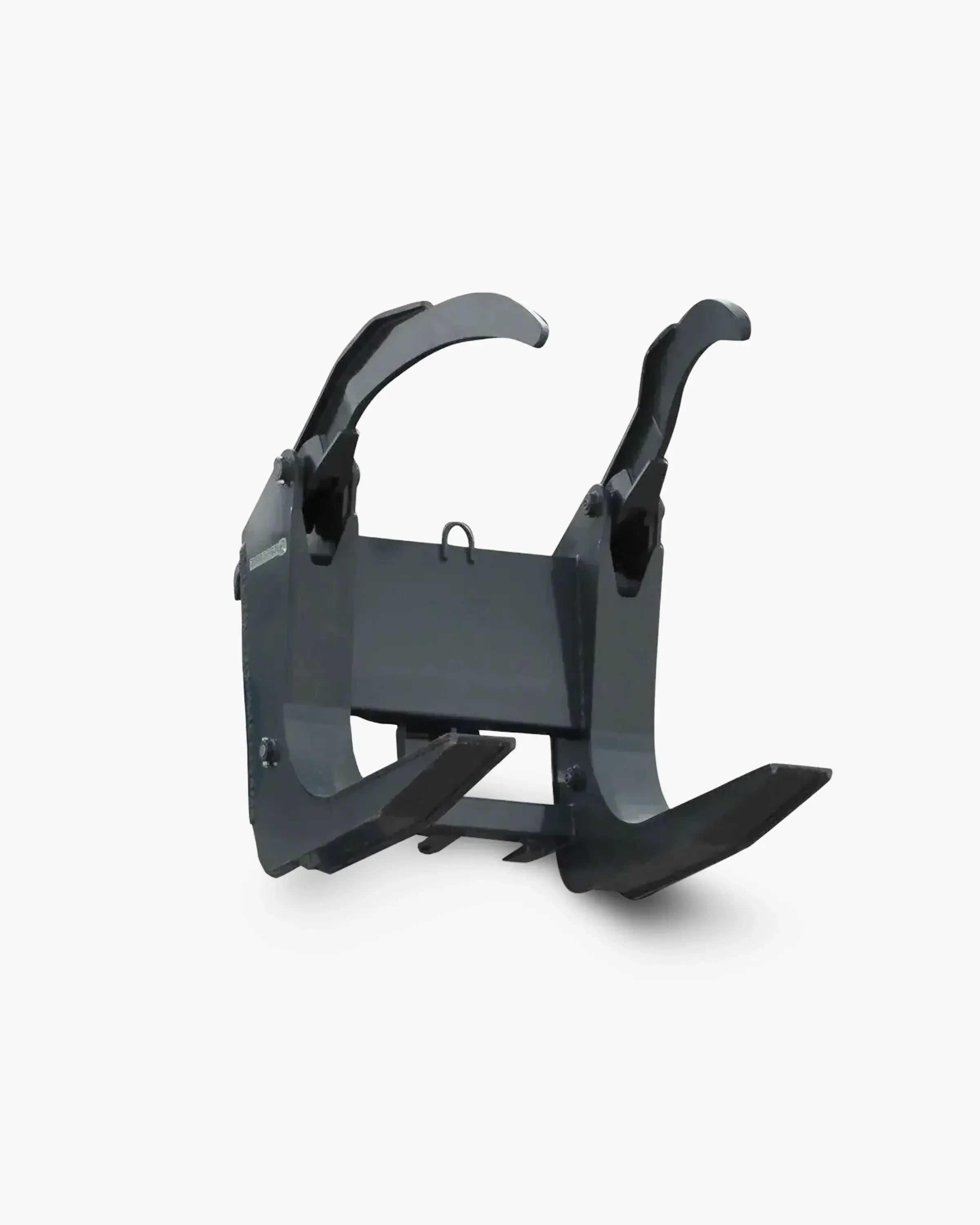
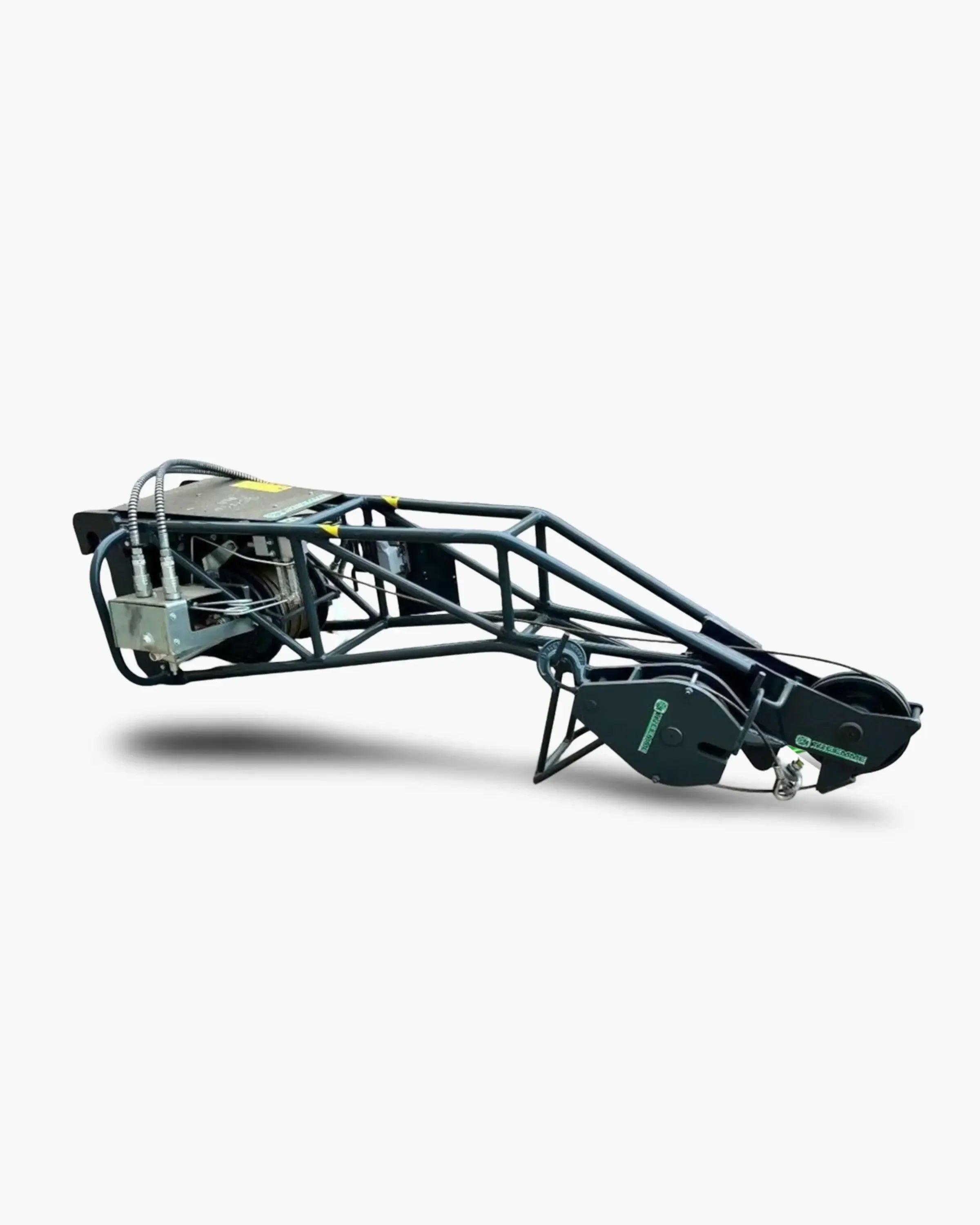

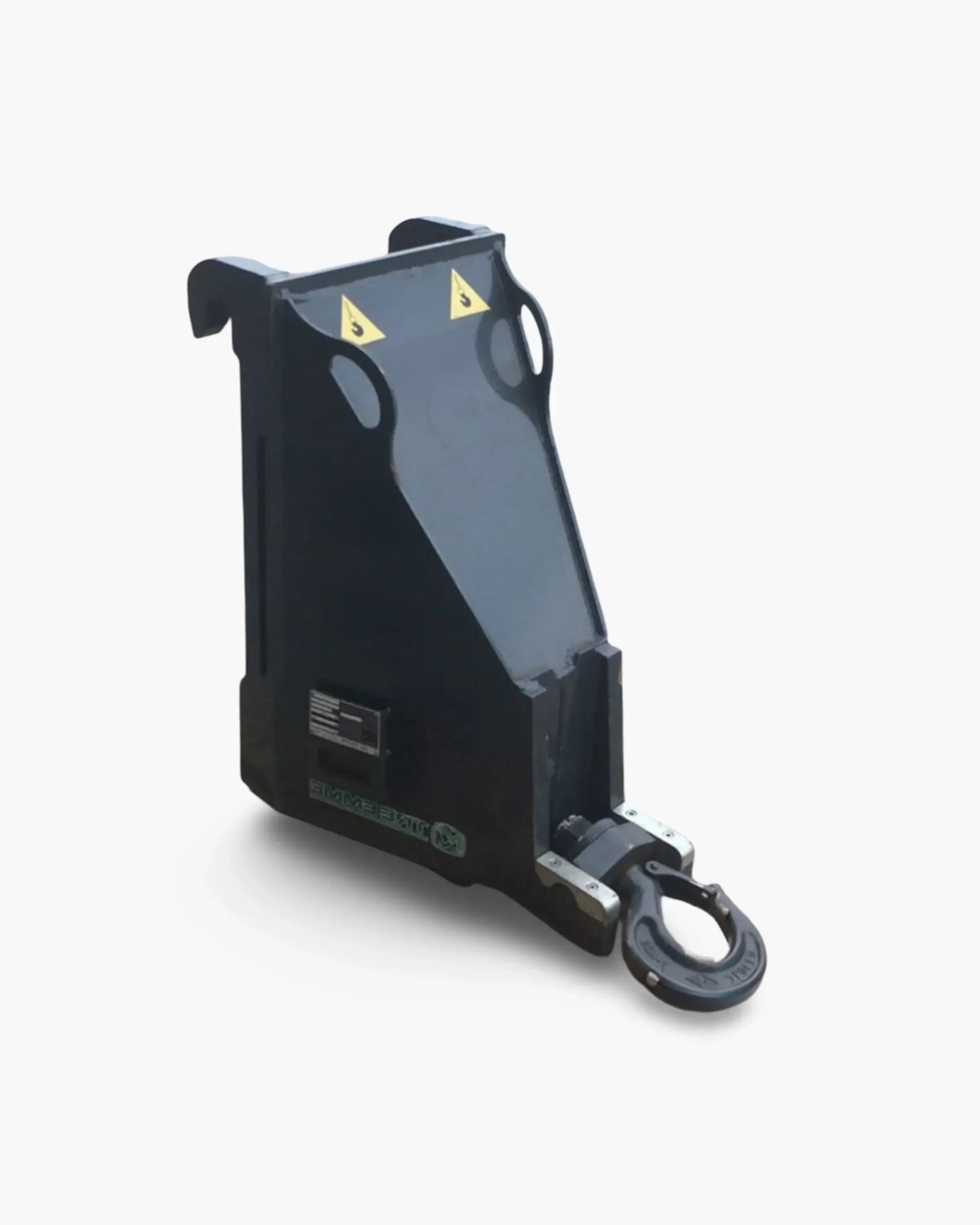
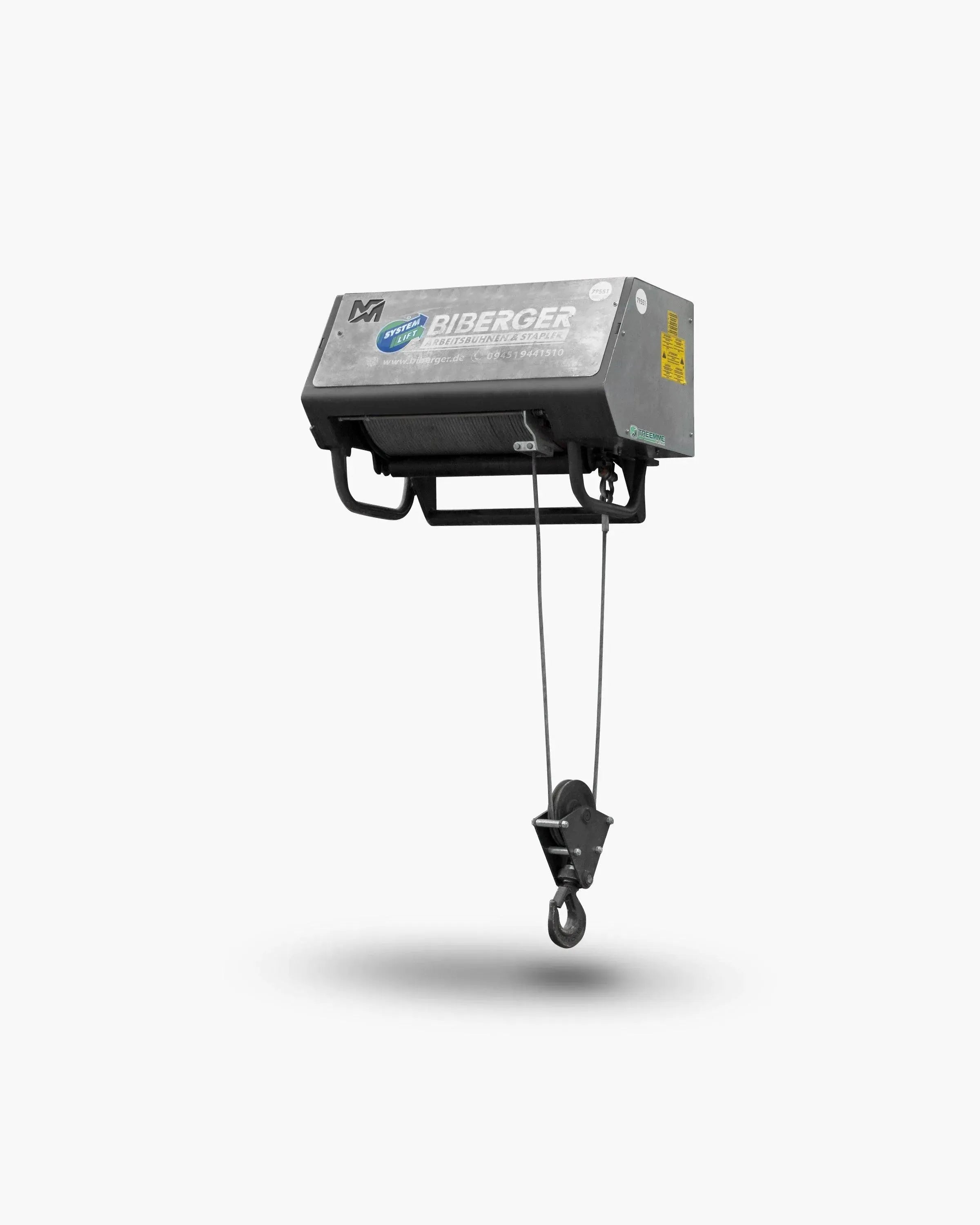
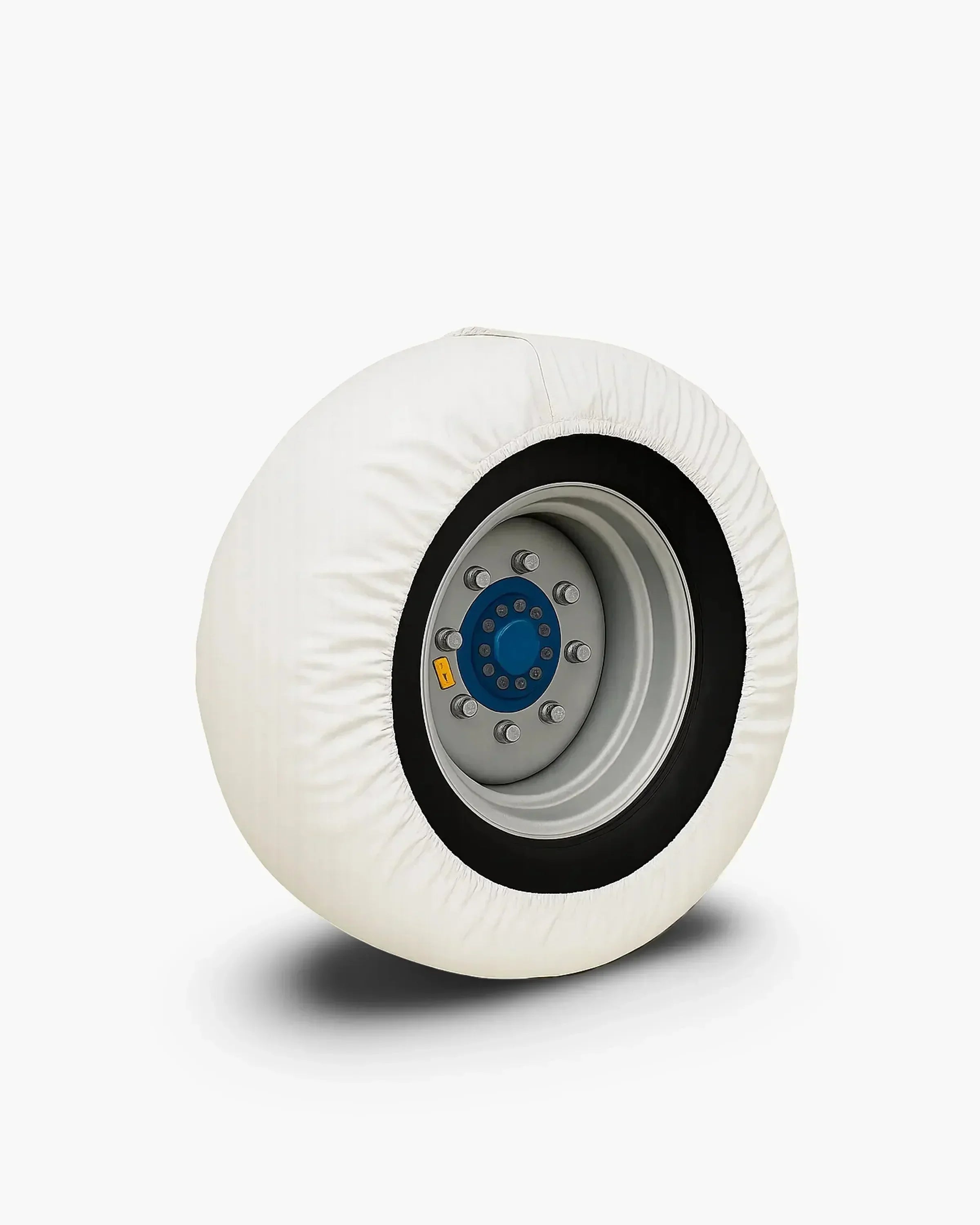


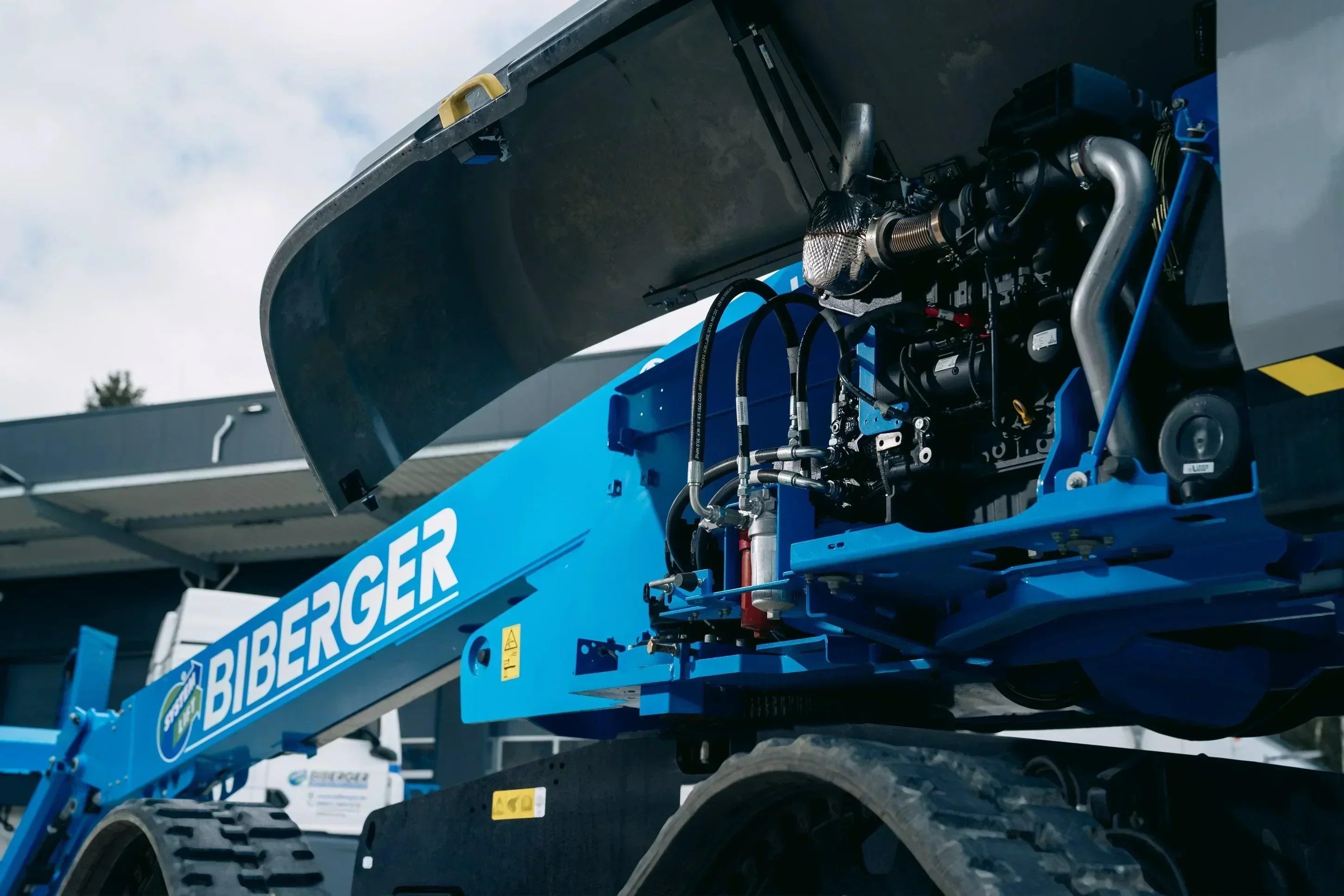

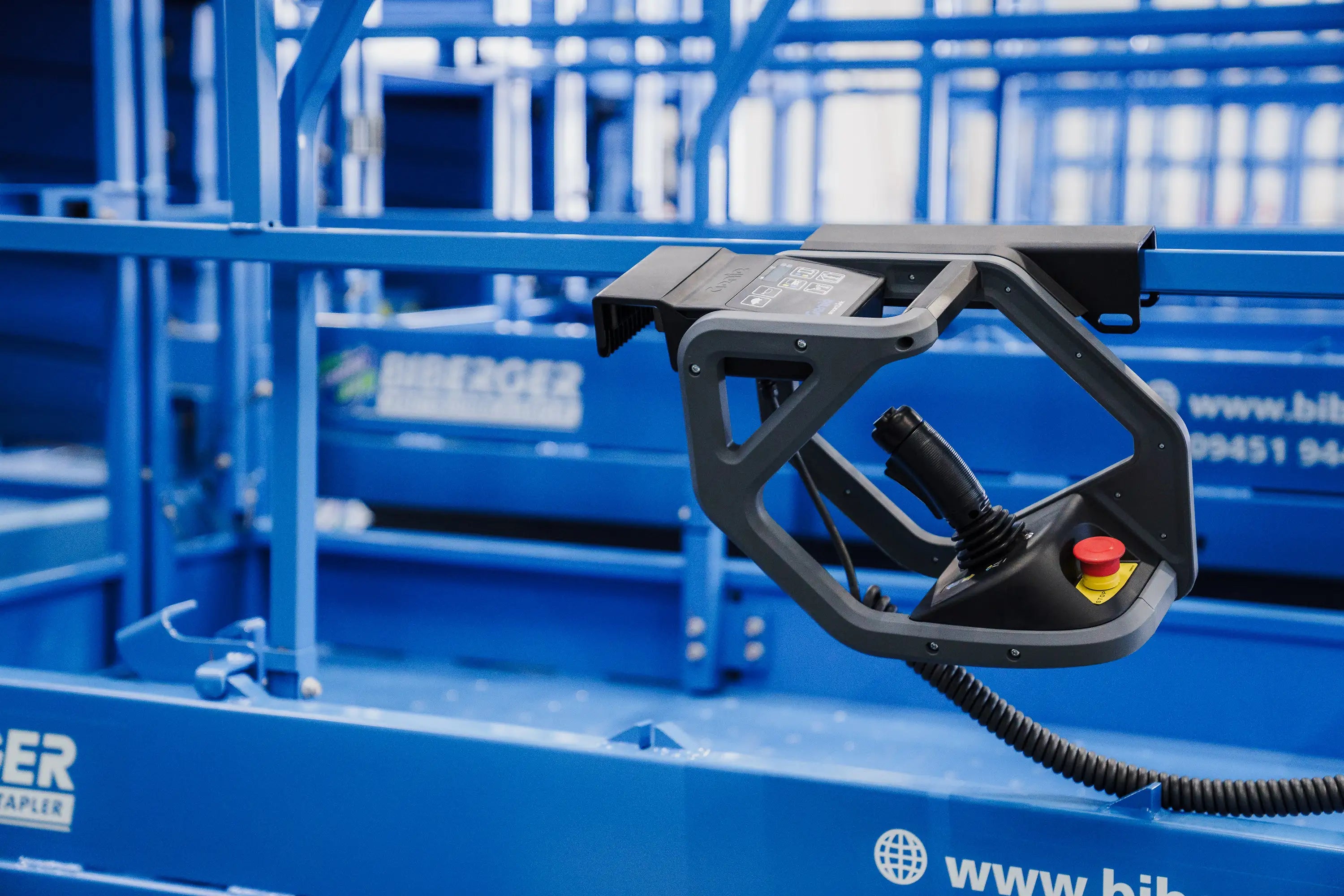
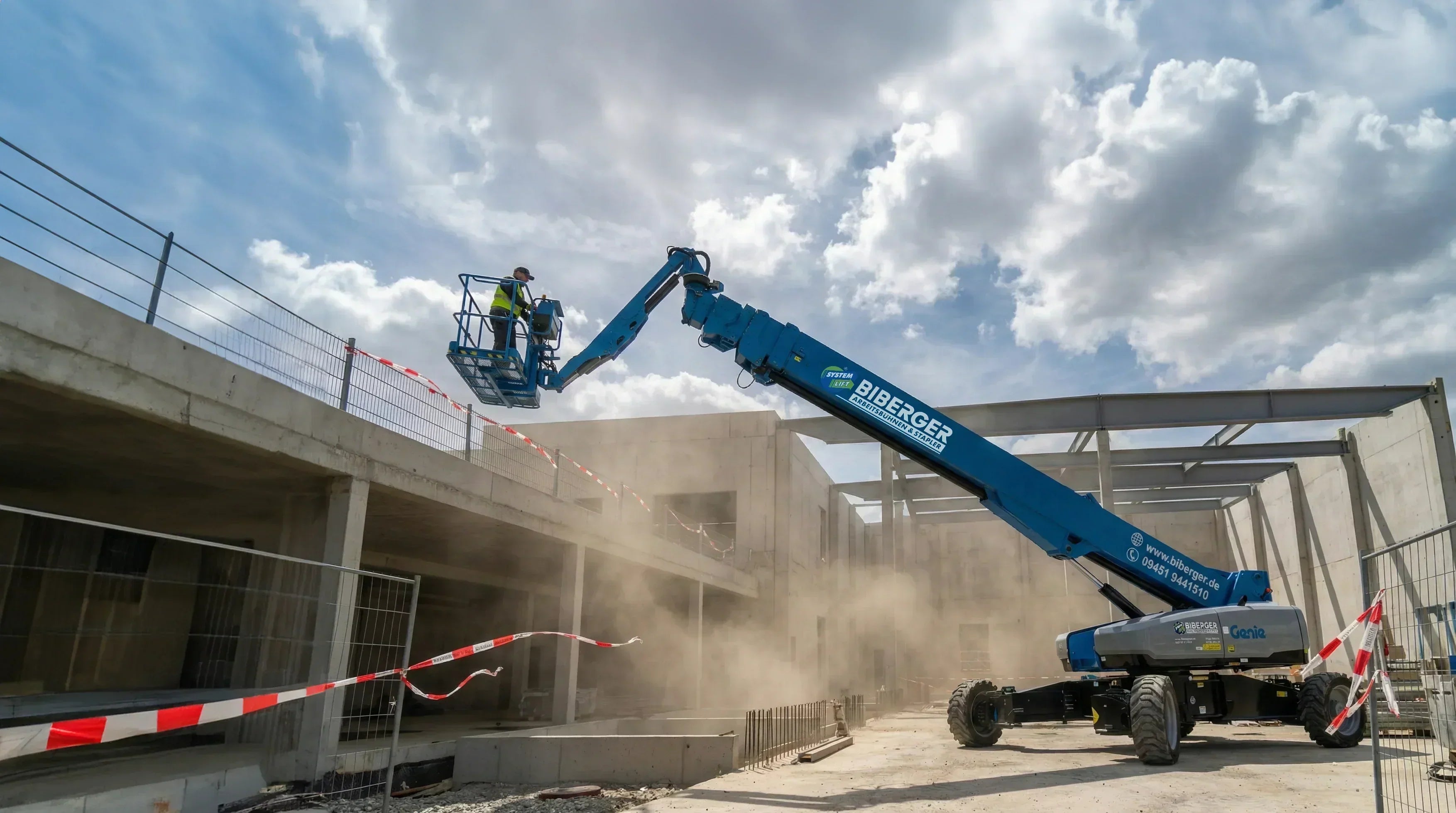

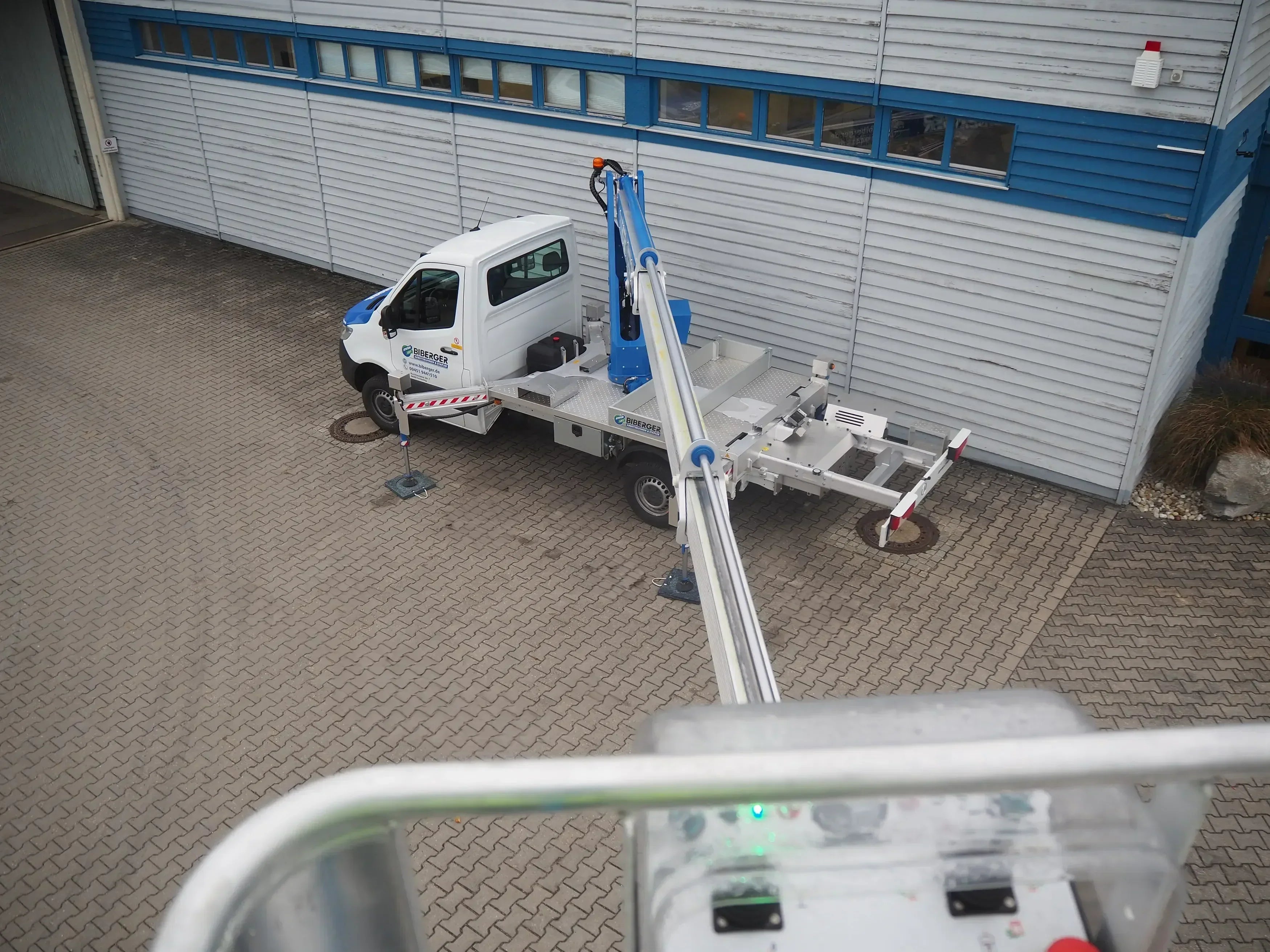
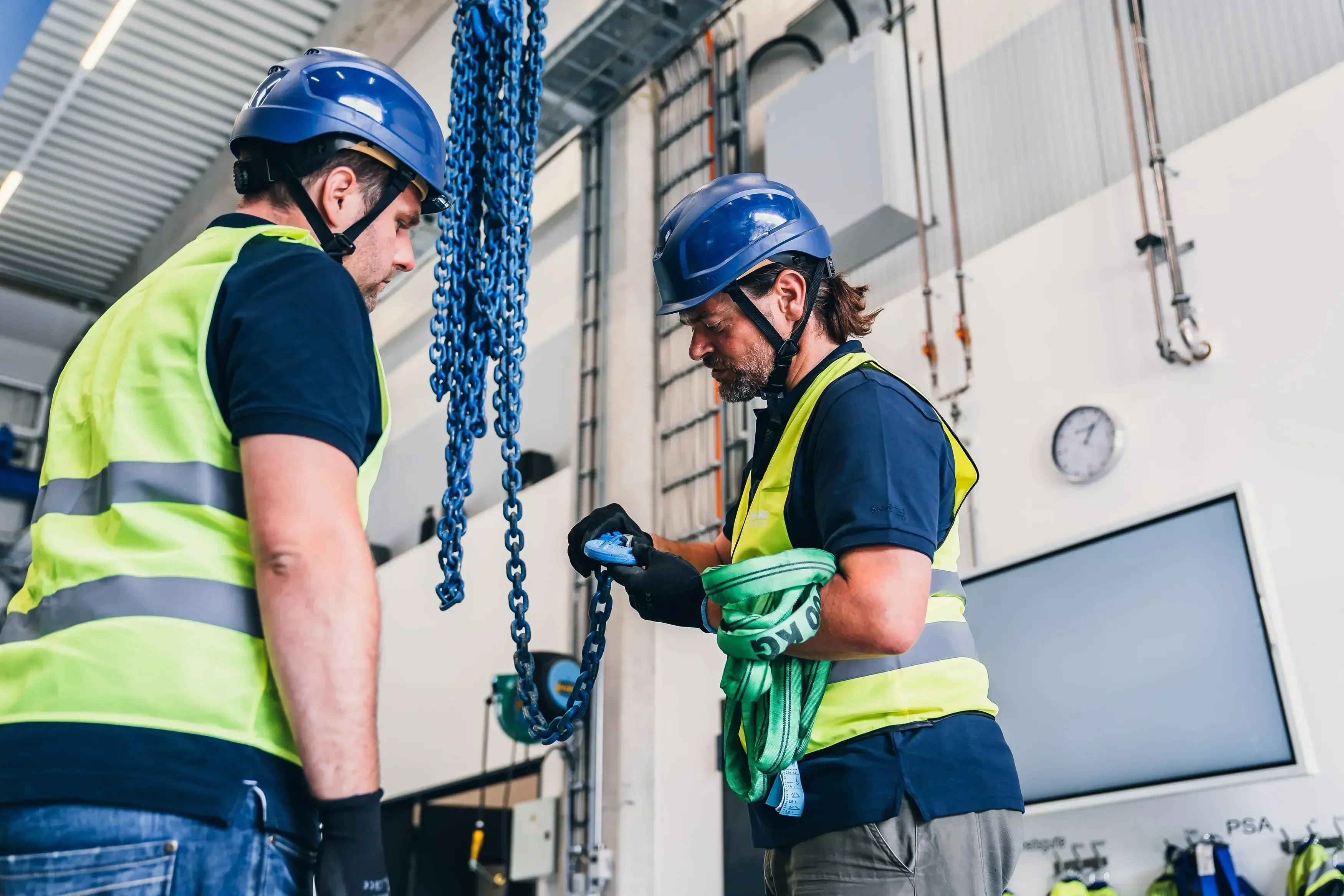
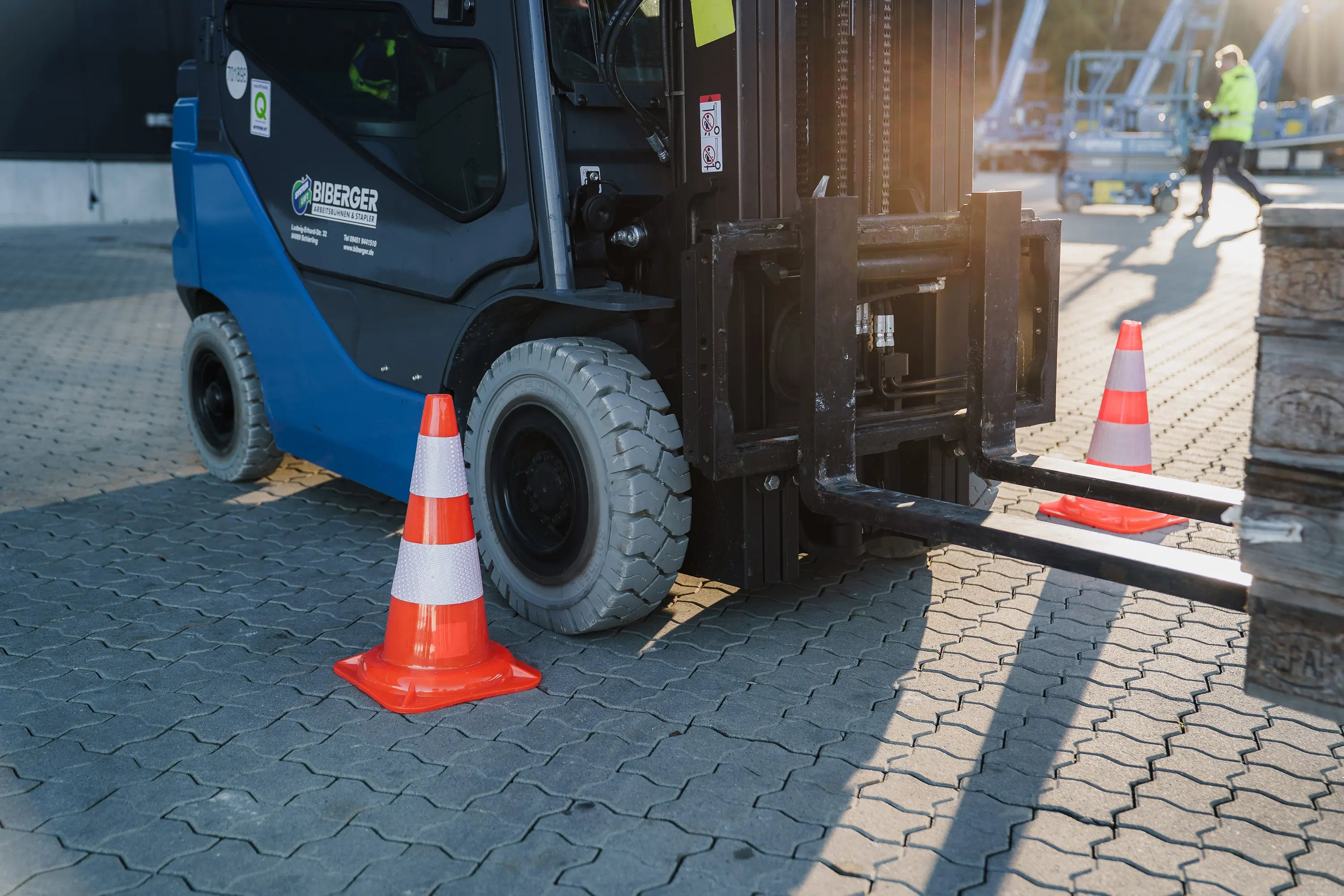
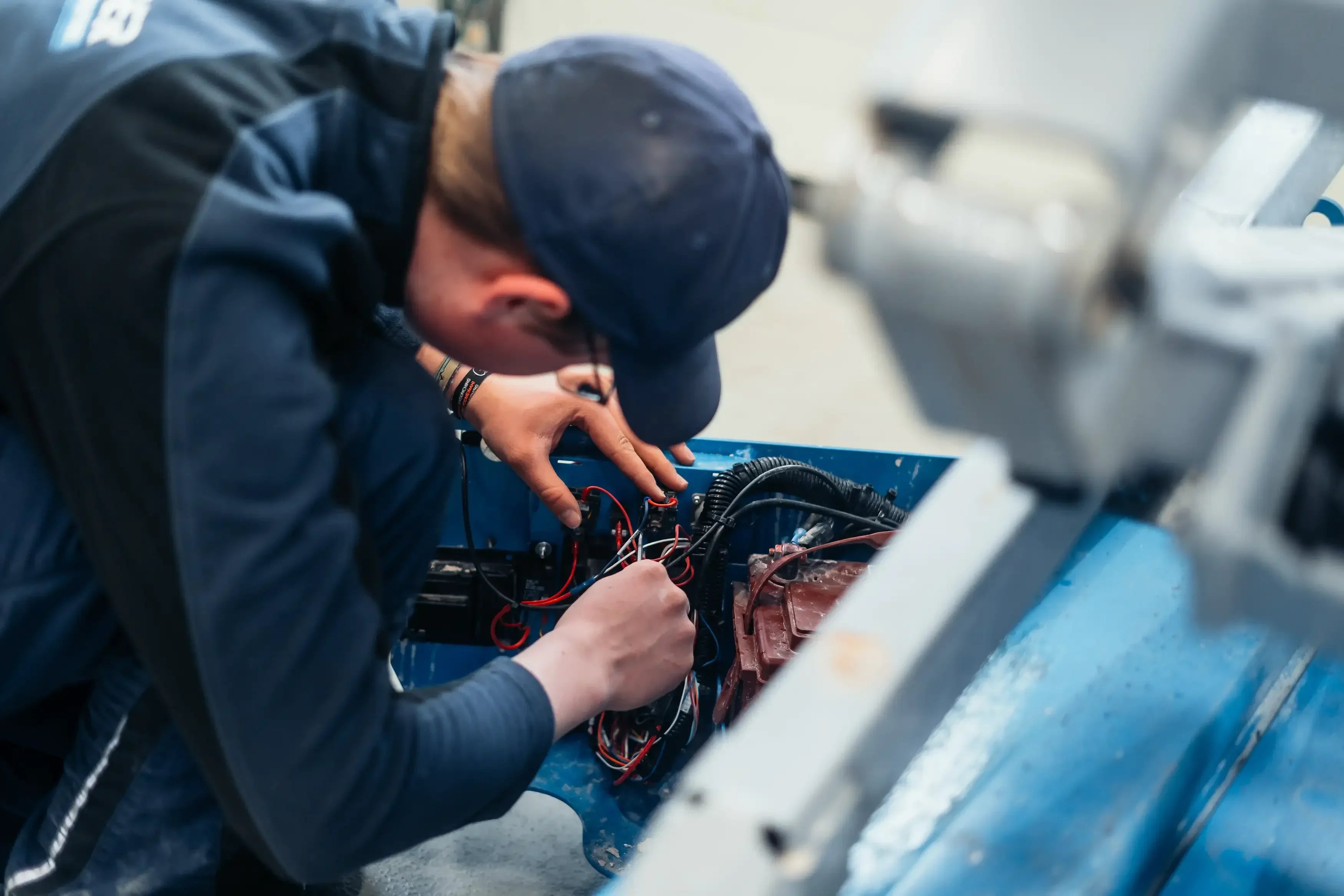
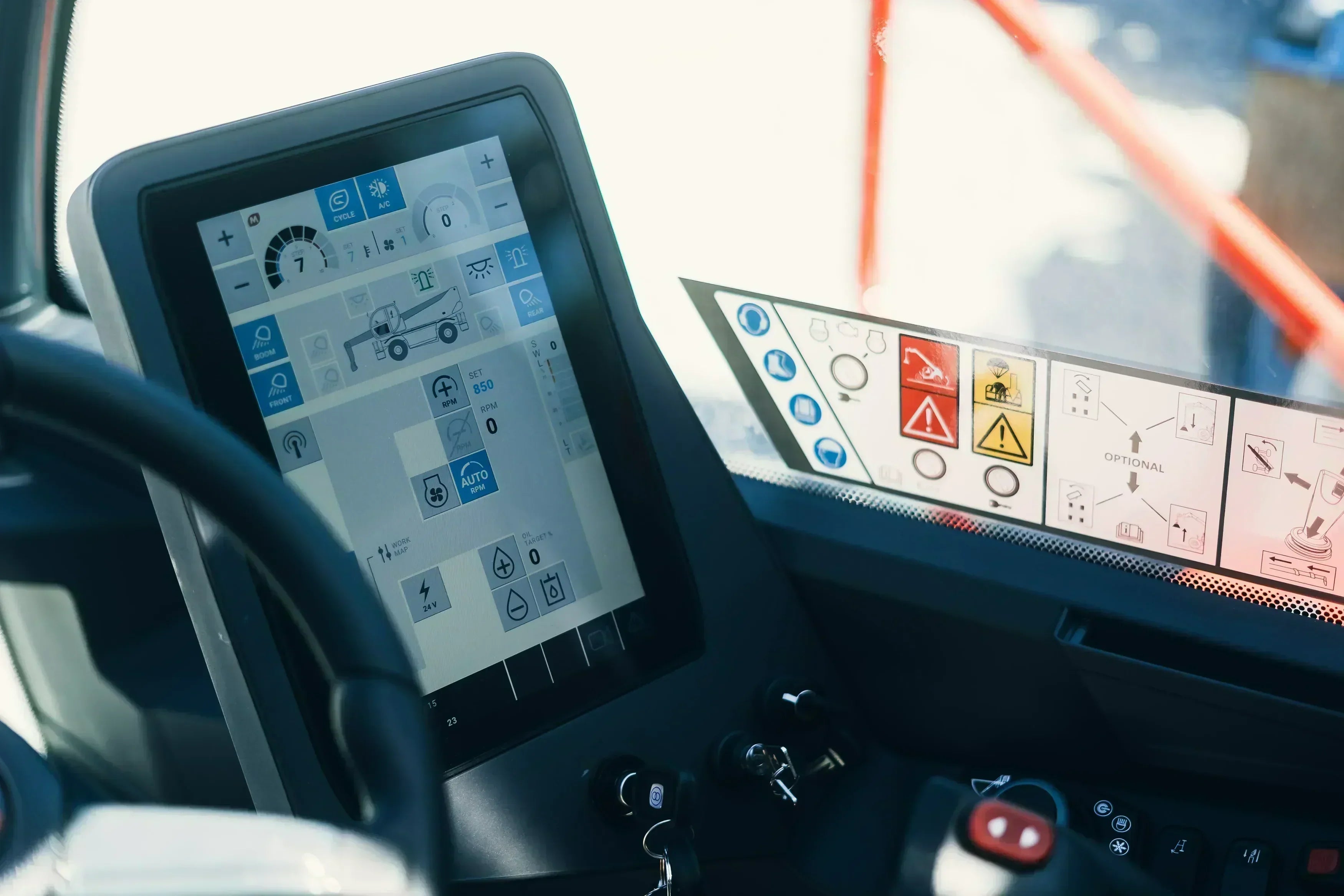






Share:
The agony of choice: Which work platforms for which tasks?
Our editorial quality standards
The subject content on biberger.de are editorially created, reviewed, and continuously updated. The basis is our daily work with aerial platforms, telehandlers, and industrial trucks – in rental, sales, operational planning, and technical support.
Each article draws on real-world experience and is editorially reviewed for clarity, accuracy, and practical relevance according to expert criteria. Technical statements are regularly compared against current industry standards and best practices.
The aim of our publications is to make reliable specialist knowledge accessible and to offer guidance to users, decision-makers and industry partners. BIBERGER sees itself as an independent information platform for safe, economical and modern height access technology – well-founded, comprehensible and free from advertising influence.